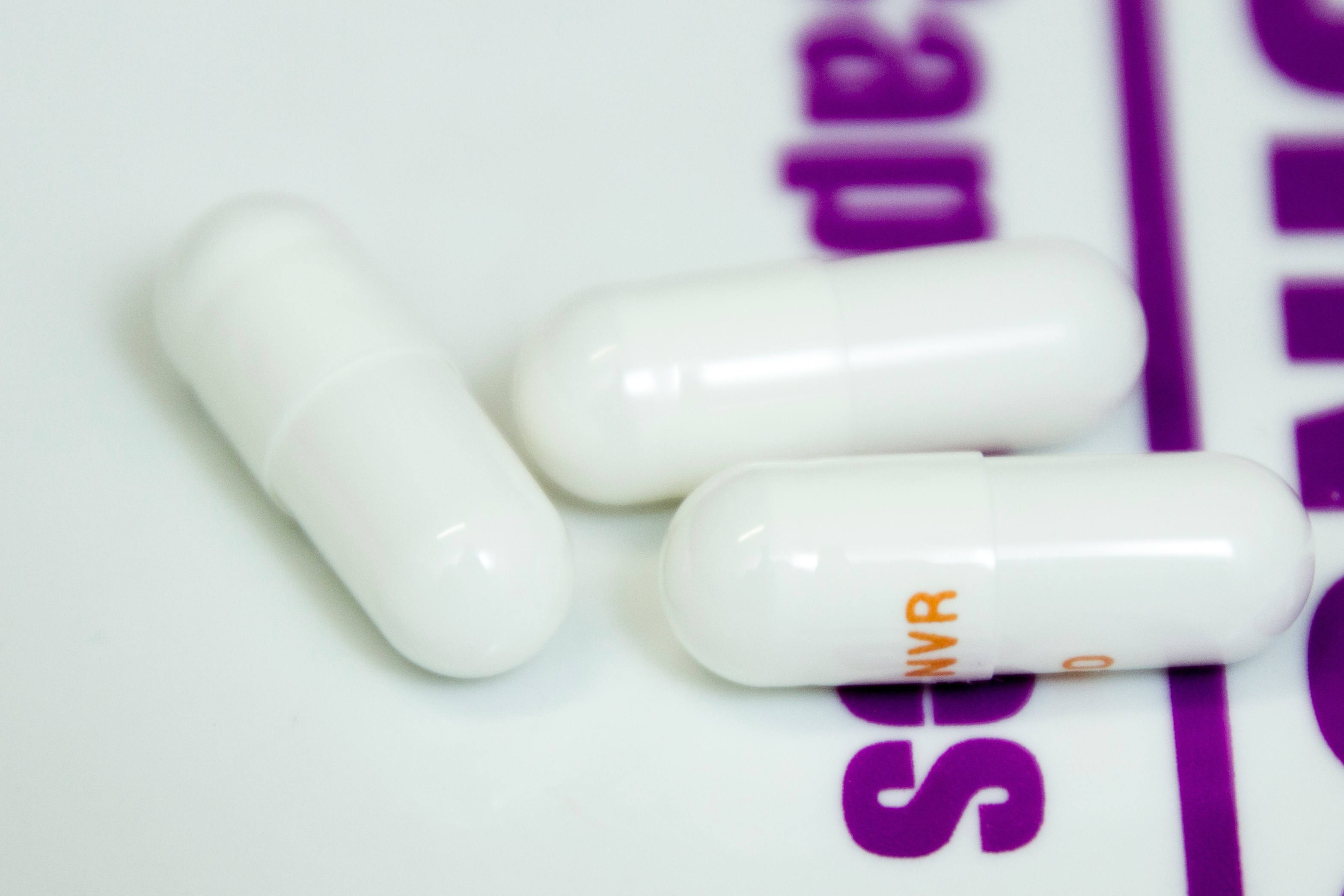
As we navigate the rapidly evolving landscape of pharmaceuticals, the advent of new drug testing technologies marks a significant leap forward. These innovations promise not only to accelerate the development of new treatments but also to ensure they are safer and more effective than ever before. This exploration will delve into the latest advancements, shedding light on how they transform the industry from a pharmaceutical perspective.
The Revolution of Personalized Medicine
At the heart of recent advancements lies personalized medicine. Innovative testing technologies now allow for the analysis of an individual’s genetic makeup, tailoring treatments to enhance efficacy and minimize side effects. This milestone in medicine represents a paradigm shift from the ‘one size fits all’ approach to a more bespoke strategy.
Regenerative Medicine: Beyond Traditional Treatment
Regenerative medicine is emerging as a game-changer in the pharmaceutical industry. By focusing on repairing, replacing, or regenerating damaged tissues and organs, this approach holds the potential to offer cures instead of merely treating symptoms. The implications for drug testing are profound, as it requires the development of new methodologies to evaluate treatments that operate on the cellular or molecular level.
With the ever-evolving nature of drug usage patterns, the implementation of comprehensive testing panels is critical. Using advanced diagnostics, such as the buprenorphine drug test, allows for a detailed understanding of substance interactions and fills an essential gap in personalized patient care and safety measures. The use of such specific tests is a testament to the industry’s commitment to precision, safety, and the well-being of patients worldwide.
Artificial Intelligence and Machine Learning
The integration of Artificial Intelligence (AI) and machine learning algorithms into drug testing processes is revolutionizing the pharmaceutical landscape. These technologies are capable of predicting potential side effects and interactions with unparalleled accuracy, streamlining the drug discovery pipeline by identifying viable candidates at an unprecedented pace.
Microfluidic Devices: A New Era of Efficiency
Microfluidic devices have ushered in a new era of efficiency in drug testing. These devices miniaturize and automate traditional laboratory procedures, allowing for the simultaneous testing of thousands of compounds. This not only accelerates the testing phase but also significantly reduces the cost and amount of resources required.
Bioprinting: Crafting the Future
Bioprinting technology, with its ability to create three-dimensional tissues and organs, is on the brink of revolutionizing drug testing. This approach offers a more accurate and ethical alternative to traditional animal testing, providing insights into human responses without the ethical concerns and limitations associated with animal models.
Nanotechnology in Drug Delivery
Nanotechnology is playing a crucial role in transforming drug delivery systems. By employing nanoparticles, drugs can be delivered directly to the affected area, increasing the efficacy of the treatment while minimizing side effects. This precise delivery mechanism is particularly beneficial for treatments that require targeting specific areas of the body or for drugs that are otherwise difficult to administer effectively.
Wearable Sensors for Real-Time Data Collection
The rise of wearable sensors marks a groundbreaking development in ongoing drug efficacy and safety monitoring. These devices enable the continuous collection of physiological data from patients, providing real-time insights into the effects of medication. This novel approach not only enhances patient care but also informs future drug development.
Digital Health Records and Big Data
As digital health records become more prevalent, the vast amounts of data collected are becoming an invaluable resource for drug testing and development. Big data analytics can uncover patterns and insights that were previously inaccessible, offering a deeper understanding of drug interactions, patient outcomes, and disease progression. This wealth of information can significantly enhance the precision and efficiency of drug testing protocols.
High-Throughput Screening: The High-Speed Highway
High-throughput screening has transformed the initial stages of drug discovery. This technique allows researchers to quickly evaluate the potential of thousands of compounds, identifying those most likely to result in effective treatments. The sheer speed and scale of this approach have significantly accelerated the pace at which new drugs are brought to trial.
Conclusion
The integration of new drug testing technologies is not merely enhancing existing processes; it is pioneering a future where treatments are more personalized, development cycles are shortened, and patient safety is paramount. As we embrace these innovations, we stand on the cusp of a new era in pharmaceuticals, one marked by rapid advancements and the promise of treatments that were once beyond our imagination. The journey ahead is as exciting as it is challenging, but the potential to transform lives for the better is unparalleled.